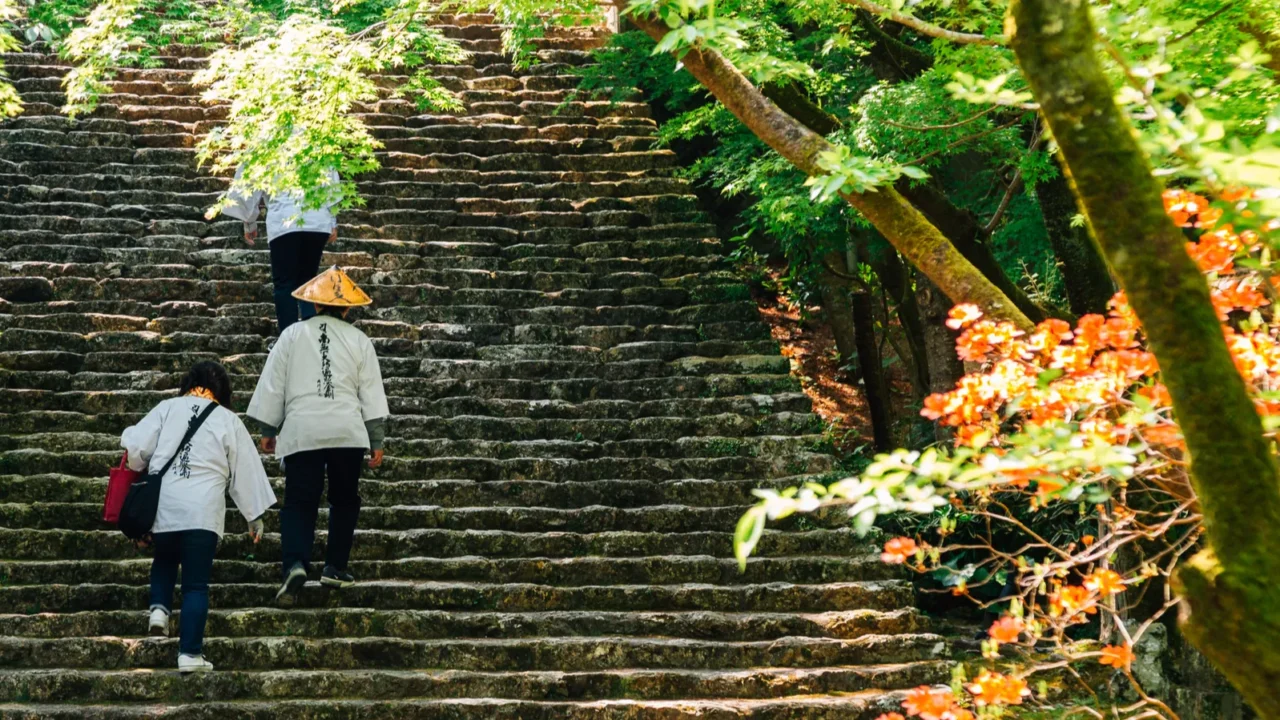
Gateway to shikoku
Shikoku may be Japan’s smallest main island, but it’s full of character. Known as the “four countries” island, it’s divided into four prefectures, each with its own traditions. Together, they create a destination that feels both diverse and deeply connected.
Unlike Tokyo or Osaka, Shikoku is calm and less crowded. Streets move at a slower pace, and landscapes feel untouched. It’s a side of Japan that travelers often overlook, making it even more special.
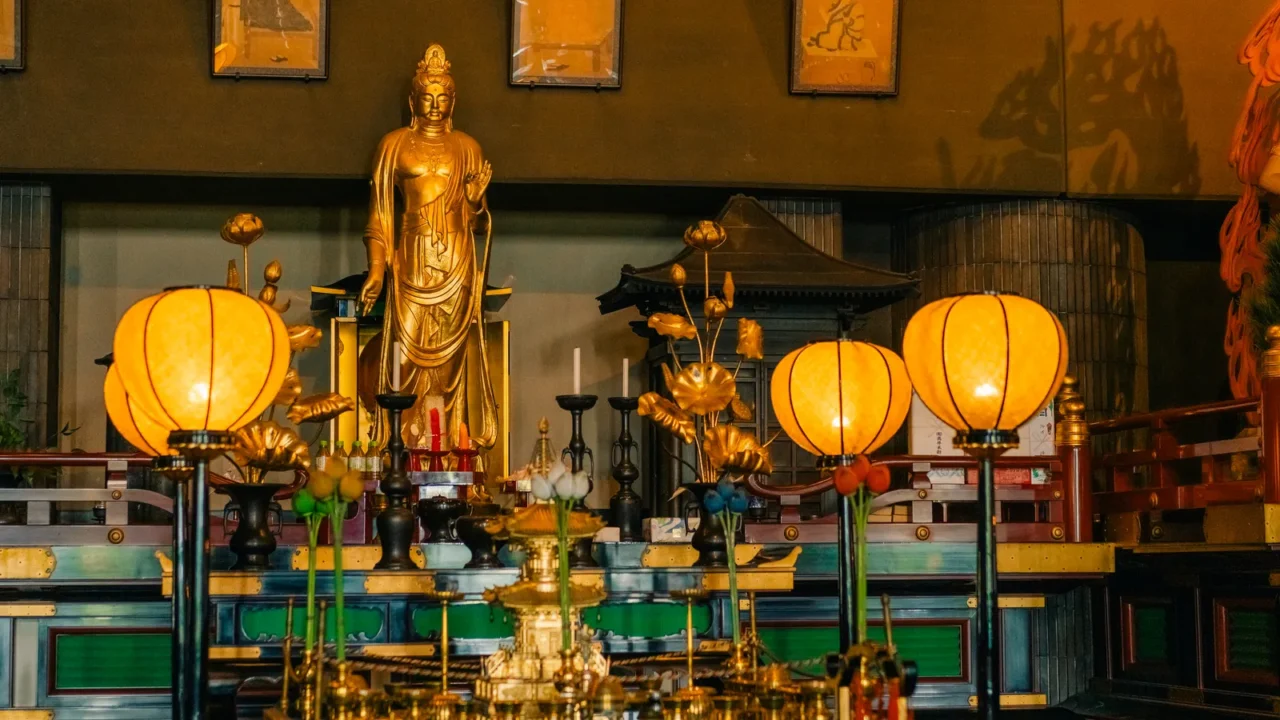
Temples and pilgrimages
Shikoku is most famous for the 88-temple pilgrimage, a route followed for centuries by spiritual seekers. Pilgrims in white robes still walk between temples like Ryozen-ji, the first on the circuit, creating a timeless atmosphere.
The island also holds treasures like Kotohira Shrine. Climbing nearly 1,500 stone steps rewards visitors with a hidden forest shrine and sweeping views of the Sanuki Plain.
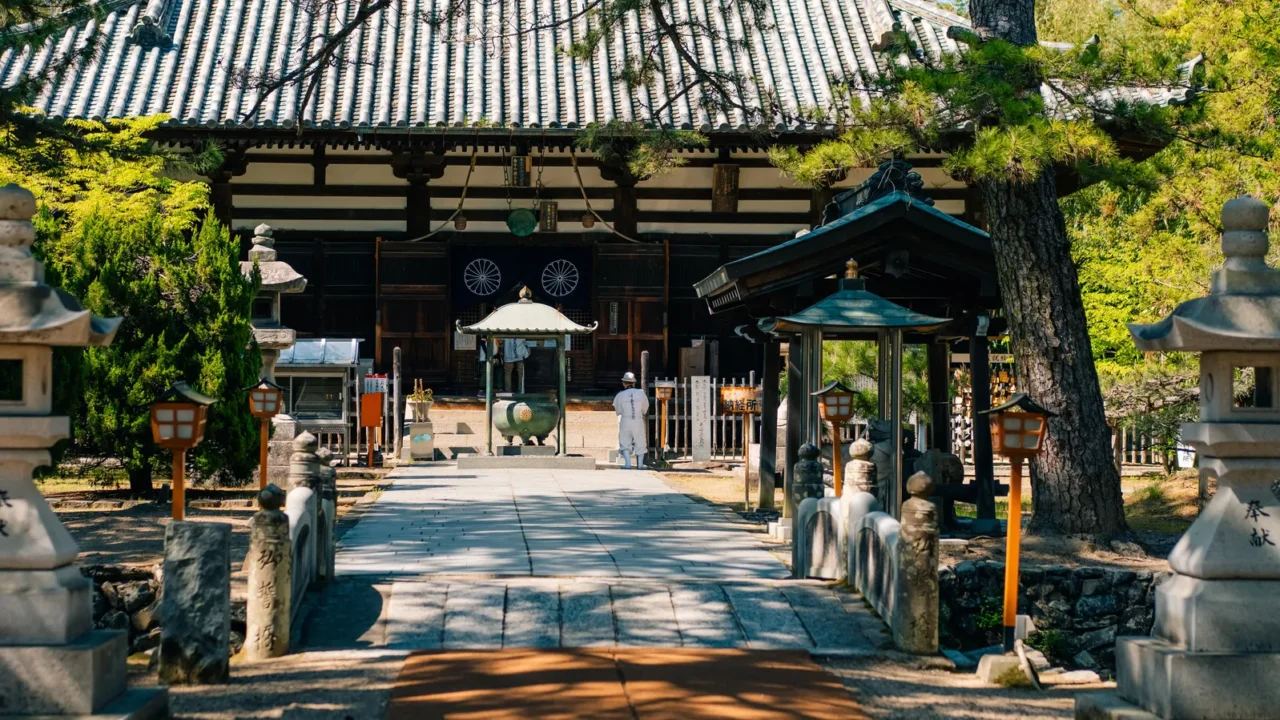
Sanuki Kokubun Temple No. 8
Sanuki Kokubun Temple No. 8 is one of the 88 temples along Shikoku’s famous pilgrimage route. Built in the 8th century, it reflects deep Buddhist traditions and offers visitors a peaceful glimpse into Japan’s spiritual past. Its wooden halls and quiet gardens make it a meaningful stop for both pilgrims and casual travelers.
The temple sits near Takamatsu, blending history with local charm. Visitors often pause here to reflect before continuing their journey. Surrounded by rural scenery, the temple captures the slower pace of island life that makes Shikoku so different from Japan’s busy mainland.
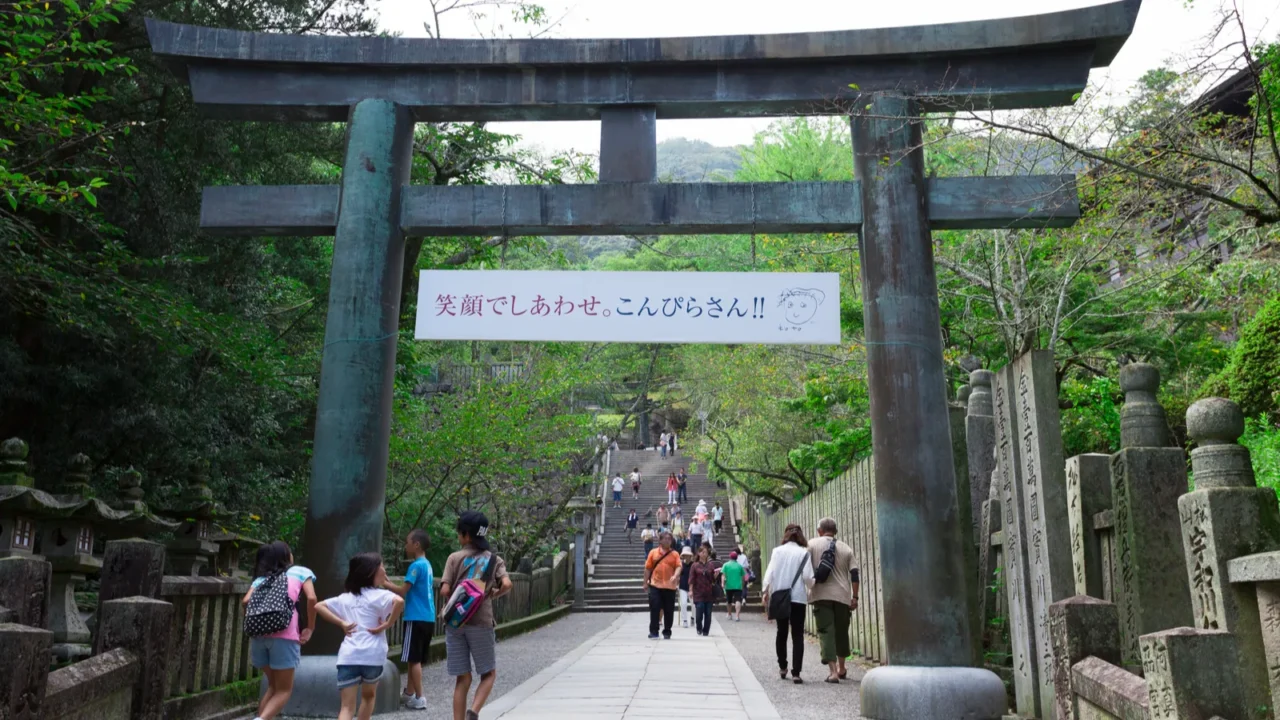
Kotohira shrine climb
Kotohira Shrine, often called Konpira-san, is one of Shikoku’s most famous sites. It’s known for its steep climb—785 steps to the main hall and another 700 to the hidden shrine in the forest. The climb is demanding but rewarding.
Along the way, vendors sell snacks and charms to encourage climbers. At the top, sweeping views stretch across the Sanuki Plain. It’s both a physical challenge and a spiritual reward.
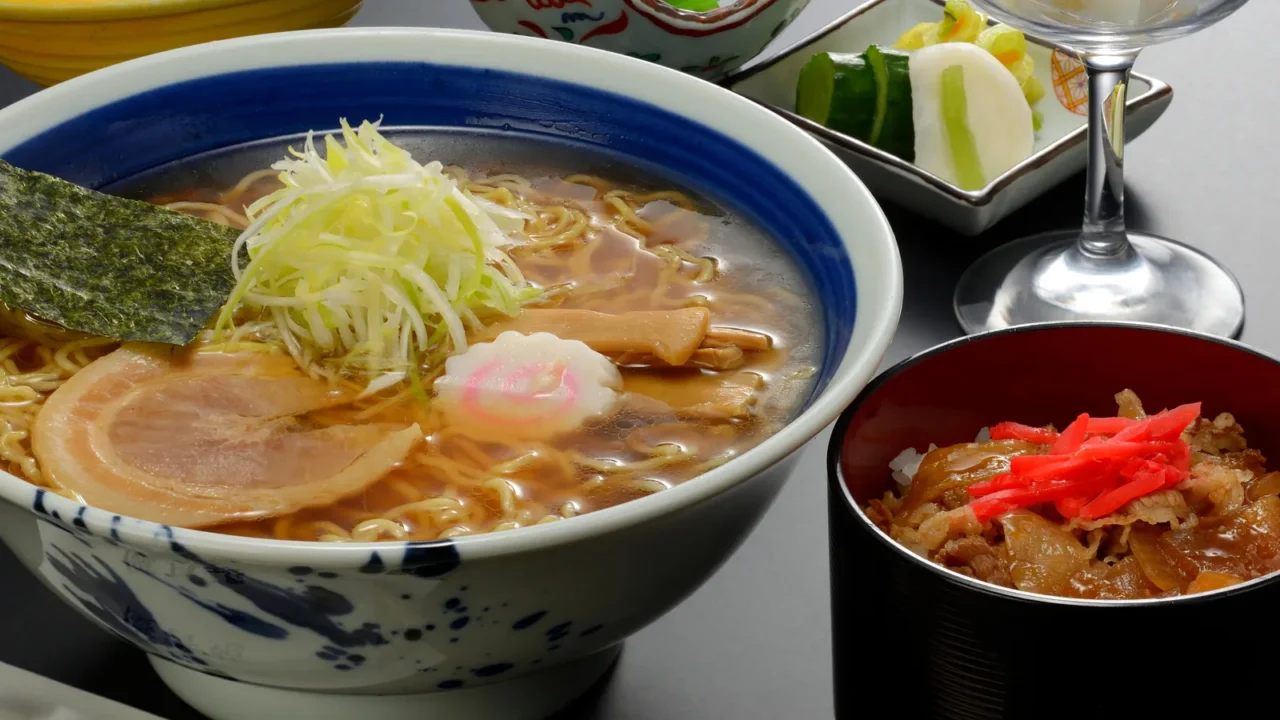
Sanuki udon delights
Food is part of Shikoku’s identity, especially Sanuki udon. These noodles are firm, chewy, and served in countless ways across Kagawa Prefecture. They’re the ultimate comfort food for locals and visitors.
Shops often let you make your own bowl, choosing toppings and broth styles. From simple soy sauce to hearty tempura, the flavors highlight Japan’s love for fresh, handmade meals. Udon here is more than food—it’s culture.
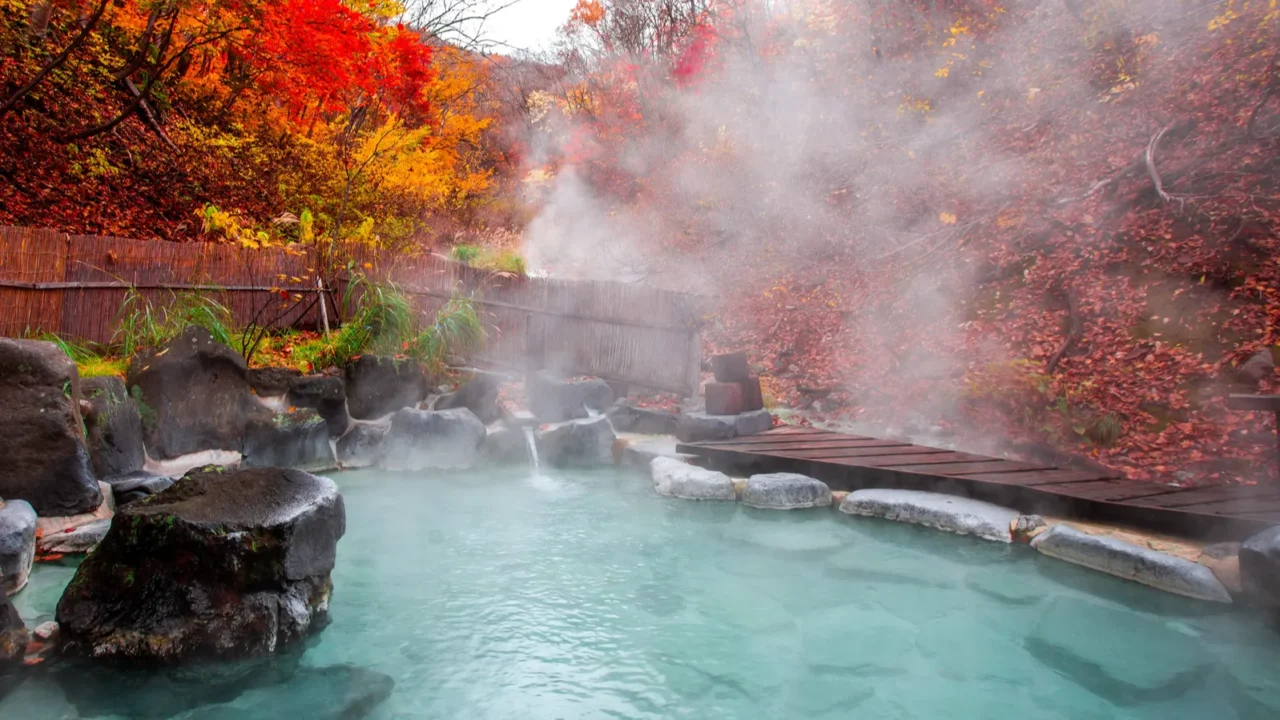
Ehime’s famous onsen
Ehime Prefecture is home to Dogo Onsen Honkan, Japan’s oldest hot spring bathhouse. Its wooden structure feels like stepping back in time. It’s said to have inspired the bathhouse in the film Spirited Away.
Inside, soaking in mineral-rich waters is both relaxing and traditional. Locals and visitors share the same baths, continuing centuries-old customs. It’s a must-visit for anyone seeking authentic Japanese onsen culture.
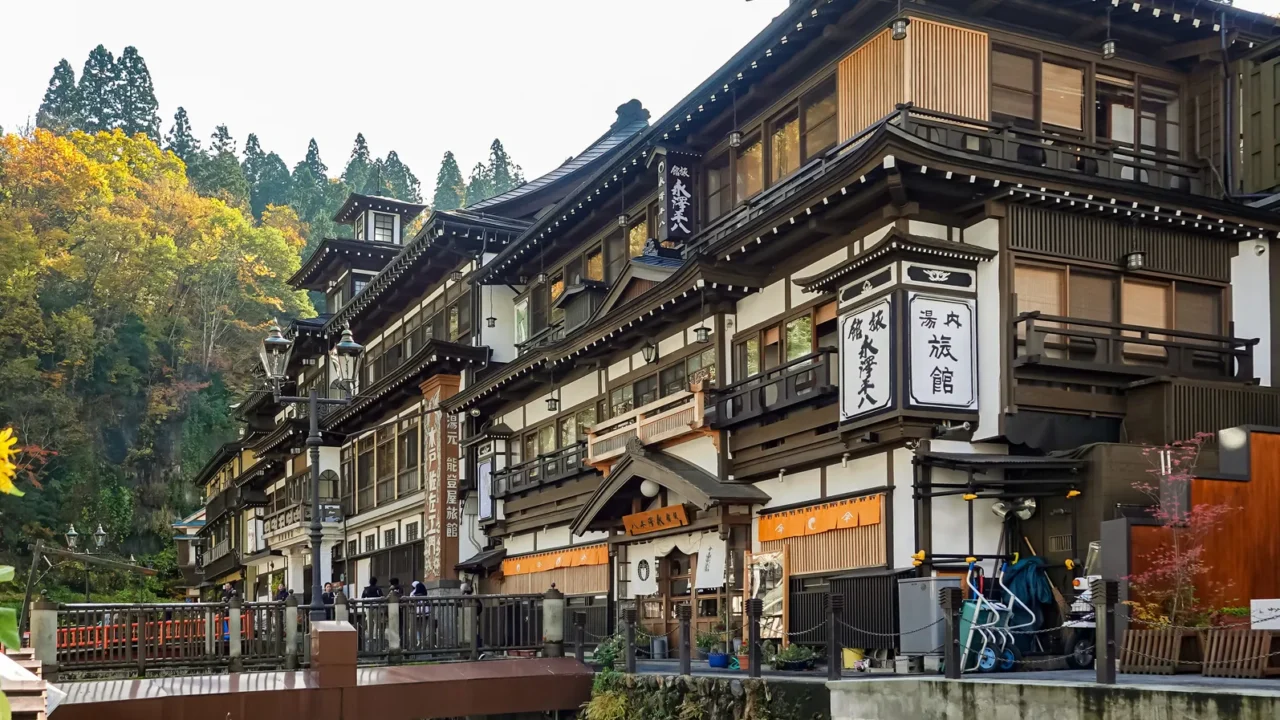
Spirited away connection
Fans of Studio Ghibli will find Shikoku enchanting. Dogo Onsen is closely tied to the magical bathhouse from Spirited Away. The resemblance makes it a pilgrimage for film lovers.
Standing in its halls, you feel part of a story. Lanterns glow, wood creaks, and steam rises like something from animation. For many, it’s where culture and imagination collide.
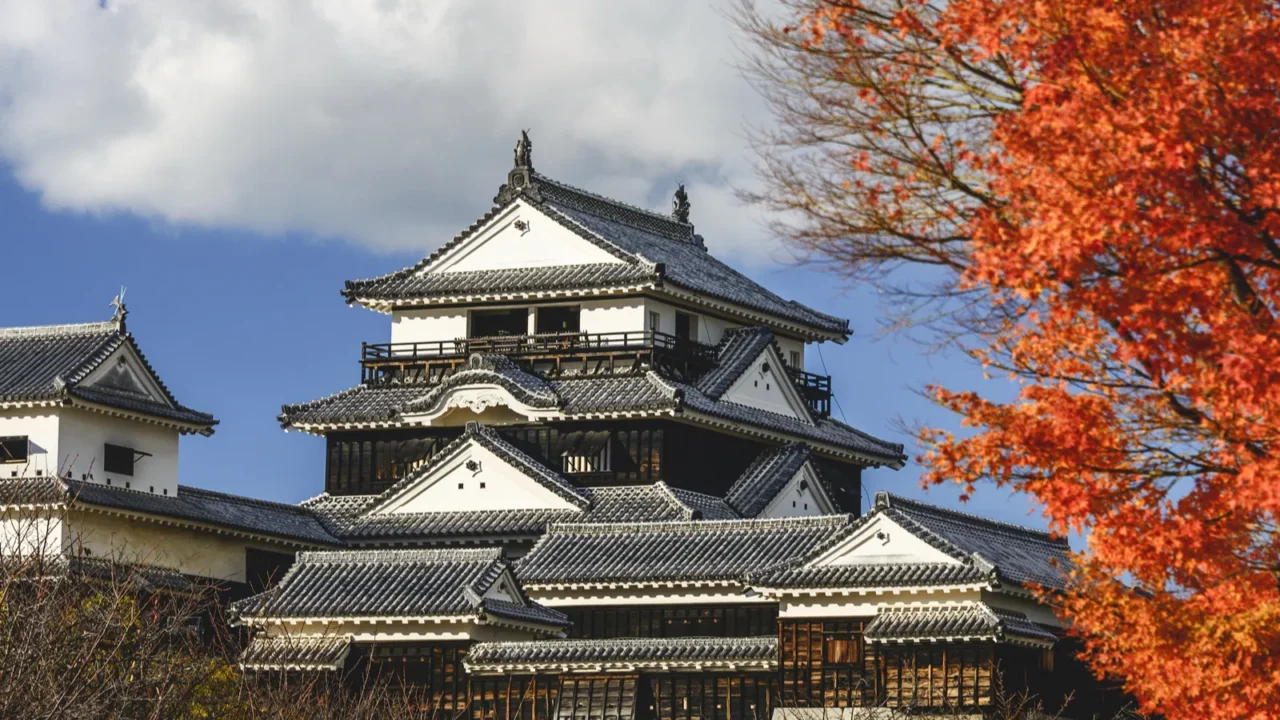
Castles of shikoku
Shikoku preserves some of Japan’s best castles. Matsuyama Castle in Ehime sits proudly on a hill, offering panoramic views. Kochi Castle is another gem, with its original wooden interiors.
Unlike rebuilt castles elsewhere, many here remain authentic. Walking through them gives a sense of medieval Japan. Their towers, gates, and gardens reveal the island’s warrior history.
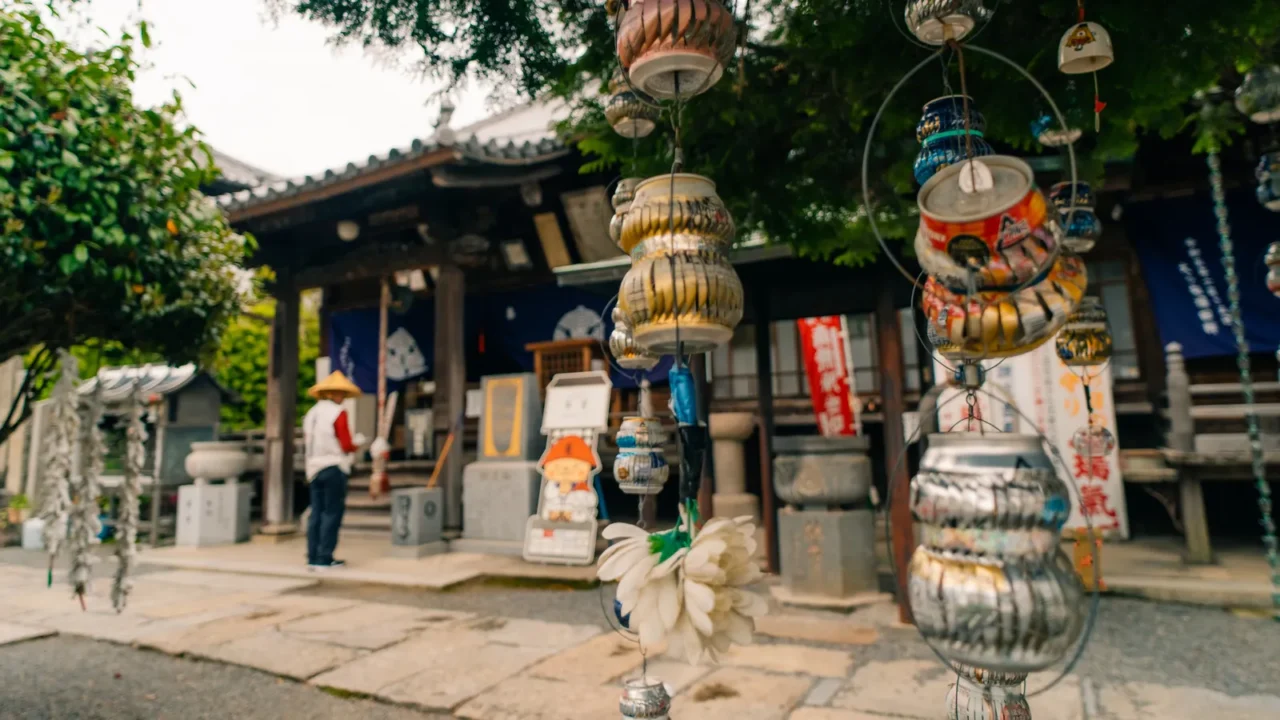
Festivals full of color
Shikoku loves to celebrate through festivals. The Awa Odori dance festival in Tokushima is the most famous, filling streets with music and movement. Dancers wear traditional costumes and chant in rhythm.
Other local festivals highlight fireworks, lanterns, and harvest traditions. Each event shows the island’s community spirit. Joining one makes you feel part of something bigger.
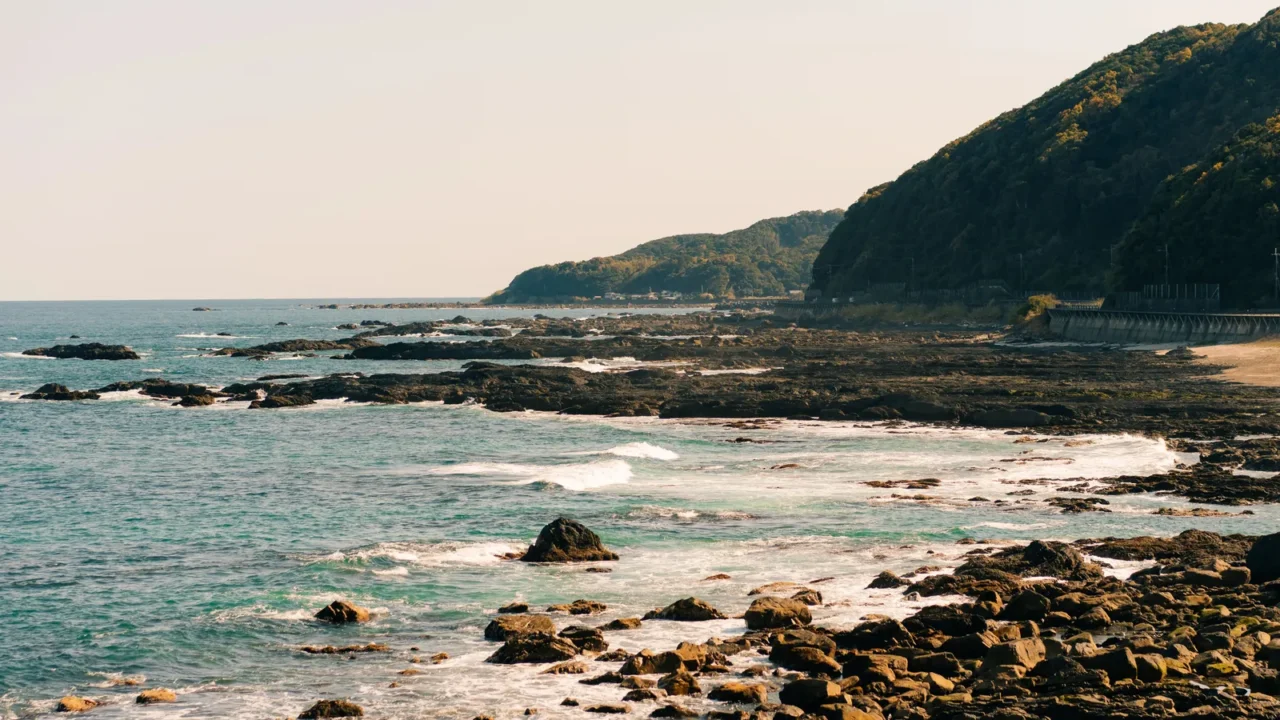
Fishing villages and coasts
Shikoku’s coastlines are dotted with fishing villages. Boats rest in harbors, and seafood markets bustle in the mornings. It’s an island deeply tied to the sea.
Travelers can explore quiet beaches, coastal trails, and marine traditions. Fresh catches become part of the local cuisine. The ocean shapes daily life in both simple and profound ways.
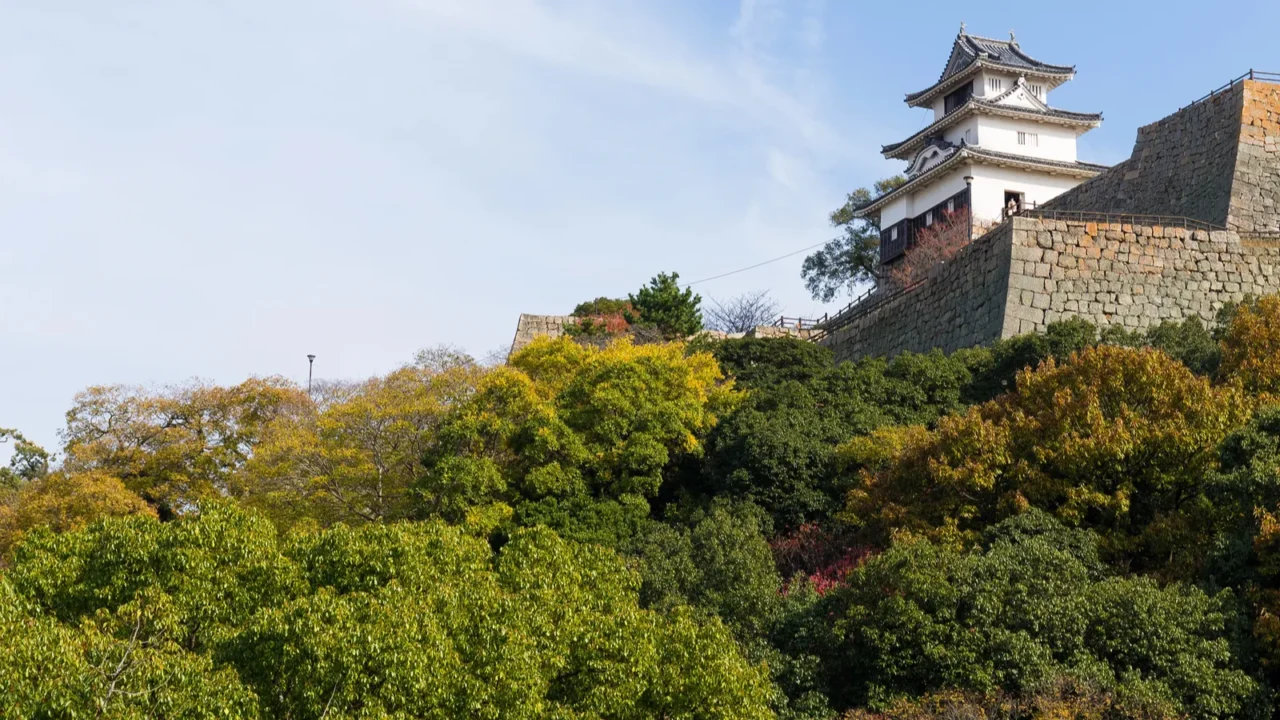
Scenic mountain paths
Away from the coasts, Shikoku’s mountains offer quiet beauty. Trails wind through forests, valleys, and rice terraces. It’s a paradise for hikers and nature lovers.
Villages tucked into hillsides feel timeless. Traditional farmhouses and terraced fields make the journey as rewarding as the destination. Every step reveals a slower, simpler rhythm.
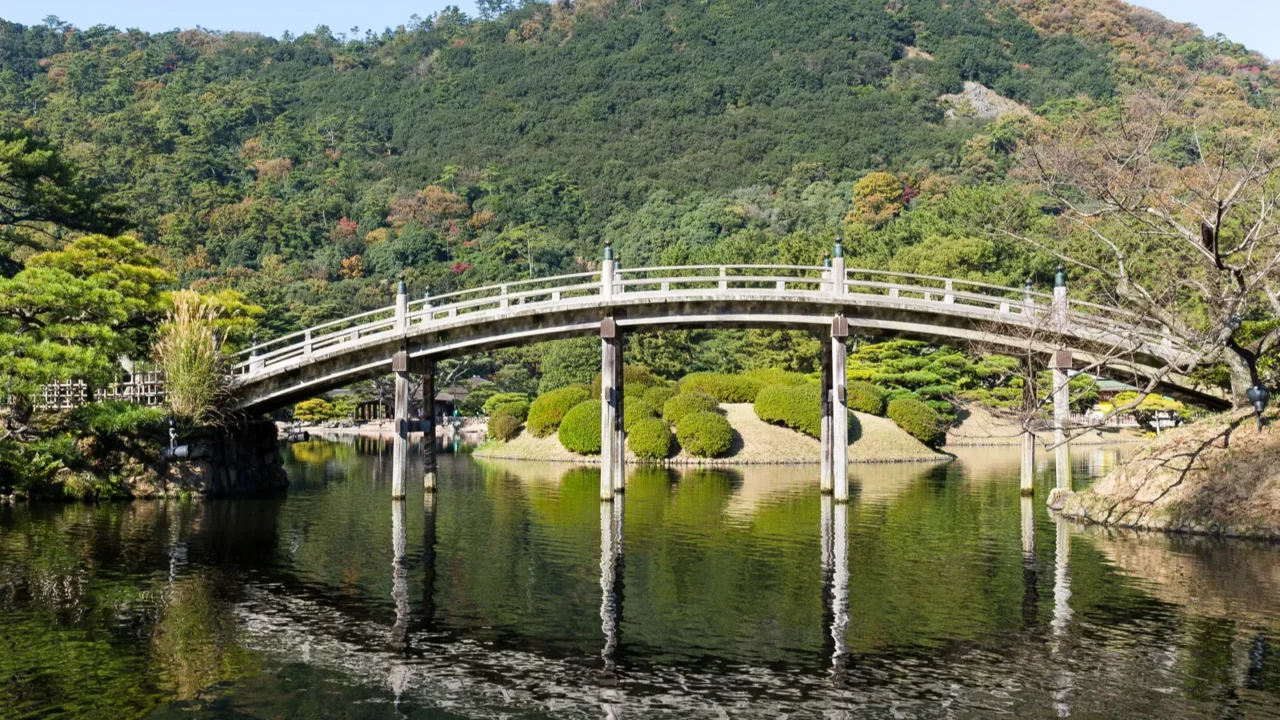
Bridges of shikoku
Shikoku is linked to Japan’s main island, Honshu, by impressive bridges. The Seto Ohashi Bridge system spans the Inland Sea, a feat of both engineering and beauty. Driving or riding a train across is unforgettable.
From the bridges, views of islands and the ocean spread in every direction. They connect not just land, but also cultures and communities. Crossing feels like entering another world.
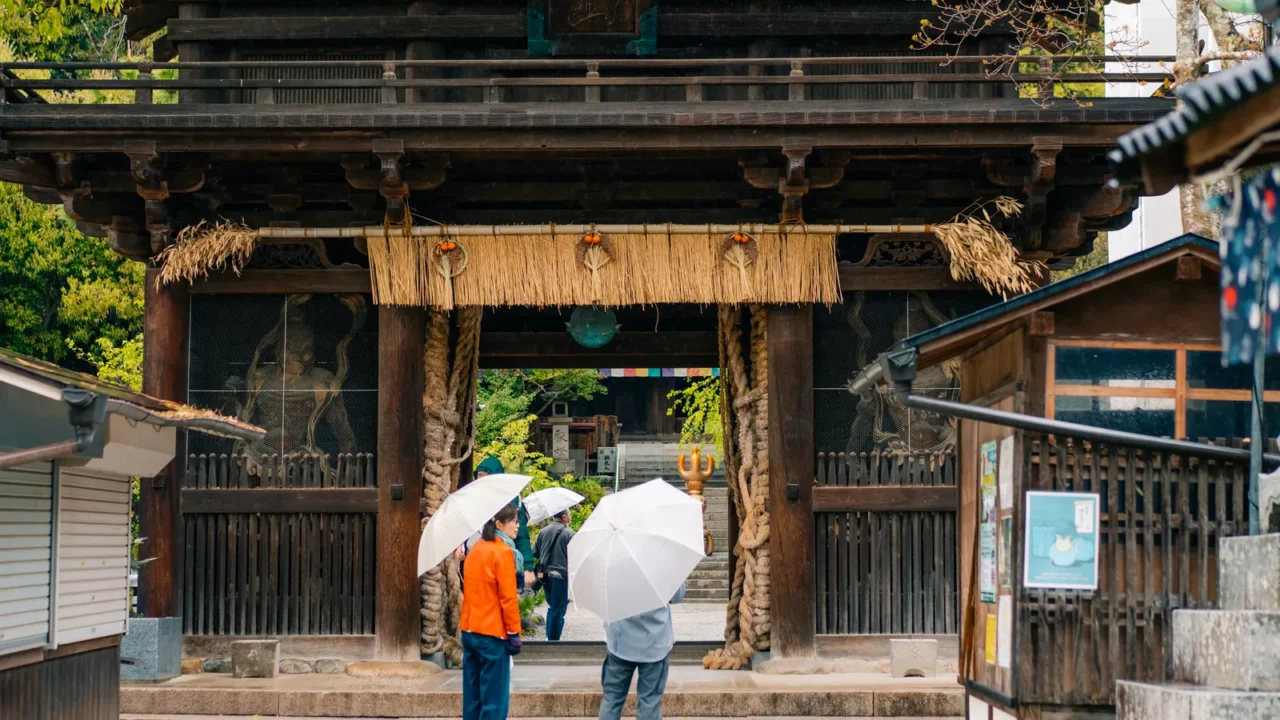
Hidden shrines in forests
Beyond the main temples, Shikoku hides countless small shrines. Some require hikes through forests or climbs up hills. Discovering them feels like finding secrets tucked into nature.
These shrines are often quiet, with moss-covered steps and wooden gates. Visitors leave offerings of coins or paper prayers. Each shrine adds to the island’s spiritual character.
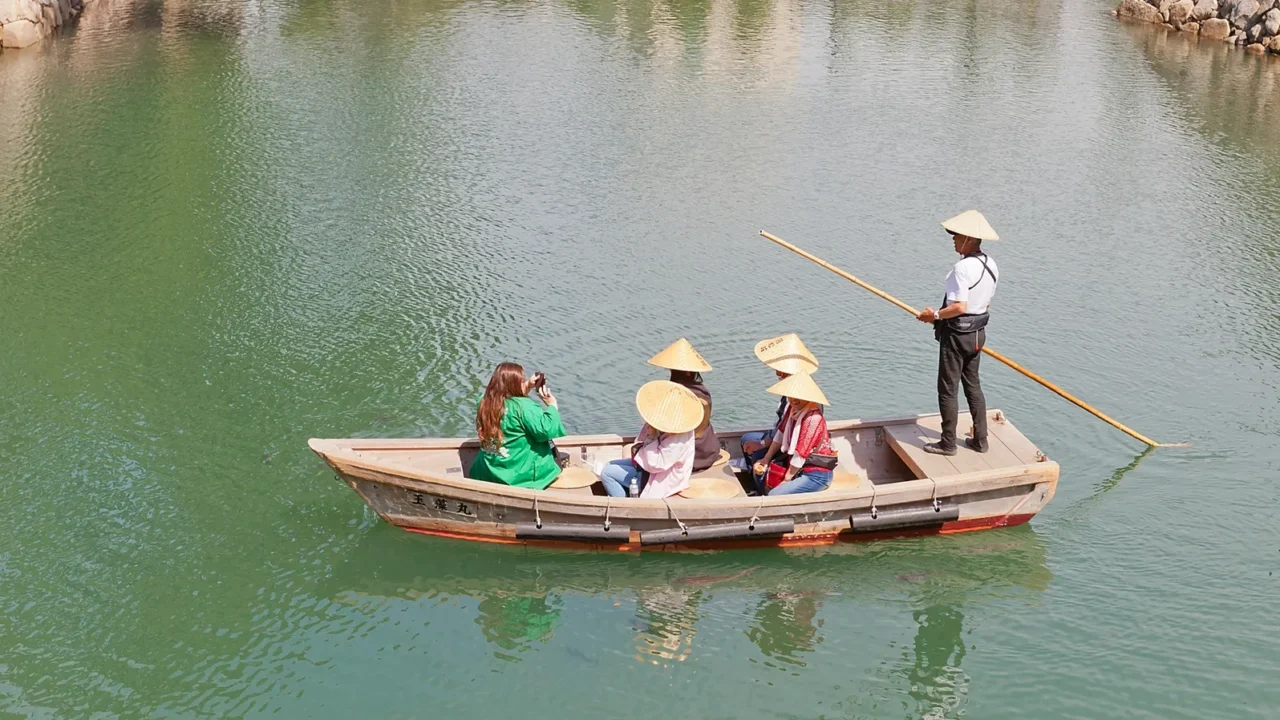
Boating adventures on Shikoku
Shikoku Island isn’t only about temples and mountains—it also offers fun activities like traditional boating. Near castles such as Kochi Castle, visitors can ride wooden boats along calm moats and rivers, enjoying views that feel like stepping back in time. The slow pace lets travelers soak in the history from the water’s edge.
Beyond castle boating, rivers across Shikoku provide opportunities for kayaking or scenic cruises. These rides highlight the island’s natural beauty and cultural heritage together. Whether gliding past stone walls or drifting under wooden bridges, boating offers a peaceful way to connect with the spirit of Shikoku.
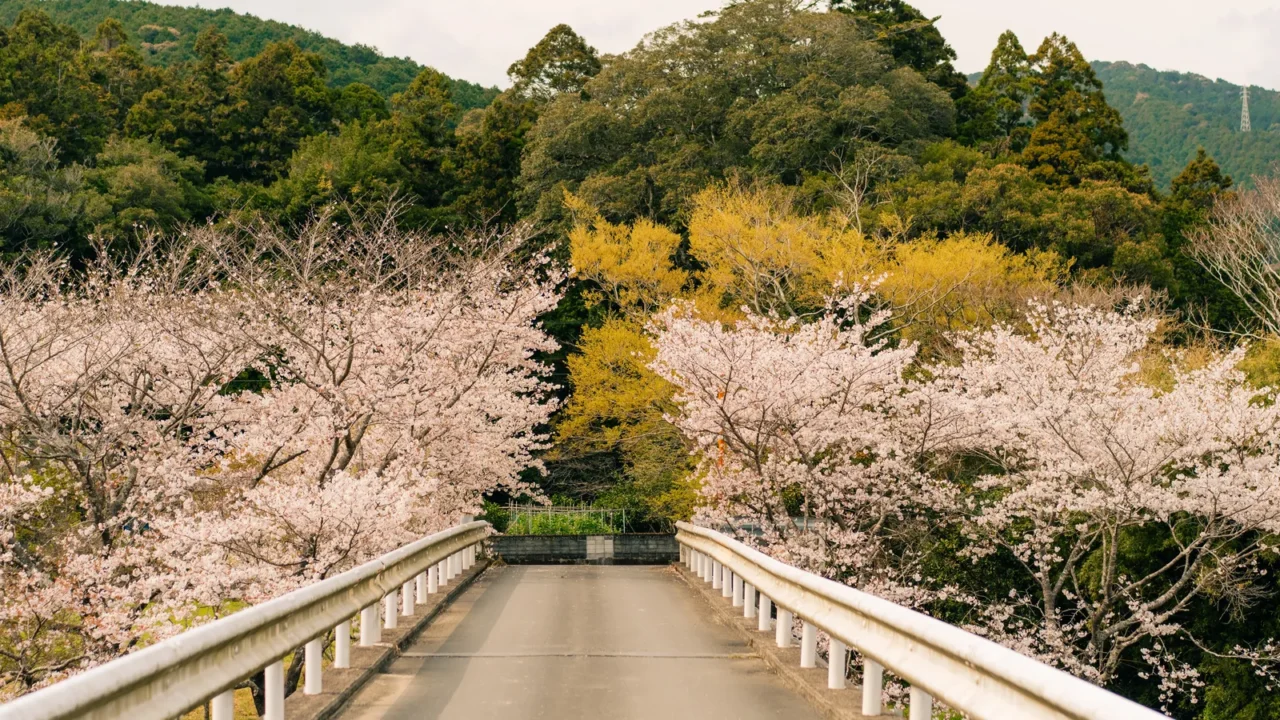
Seasonal beauty
Shikoku shines in every season. Spring brings cherry blossoms around castles and rivers. Summer means festivals, fireworks, and bright green rice fields.
Autumn colors the mountains in deep reds and golds. Winter is quieter but perfect for hot springs and cozy village stays. No matter when you come, the island feels alive. And if you love seasonal beauty, don’t miss this Japanese island that’s a dream for cat lovers and nature fans alike.
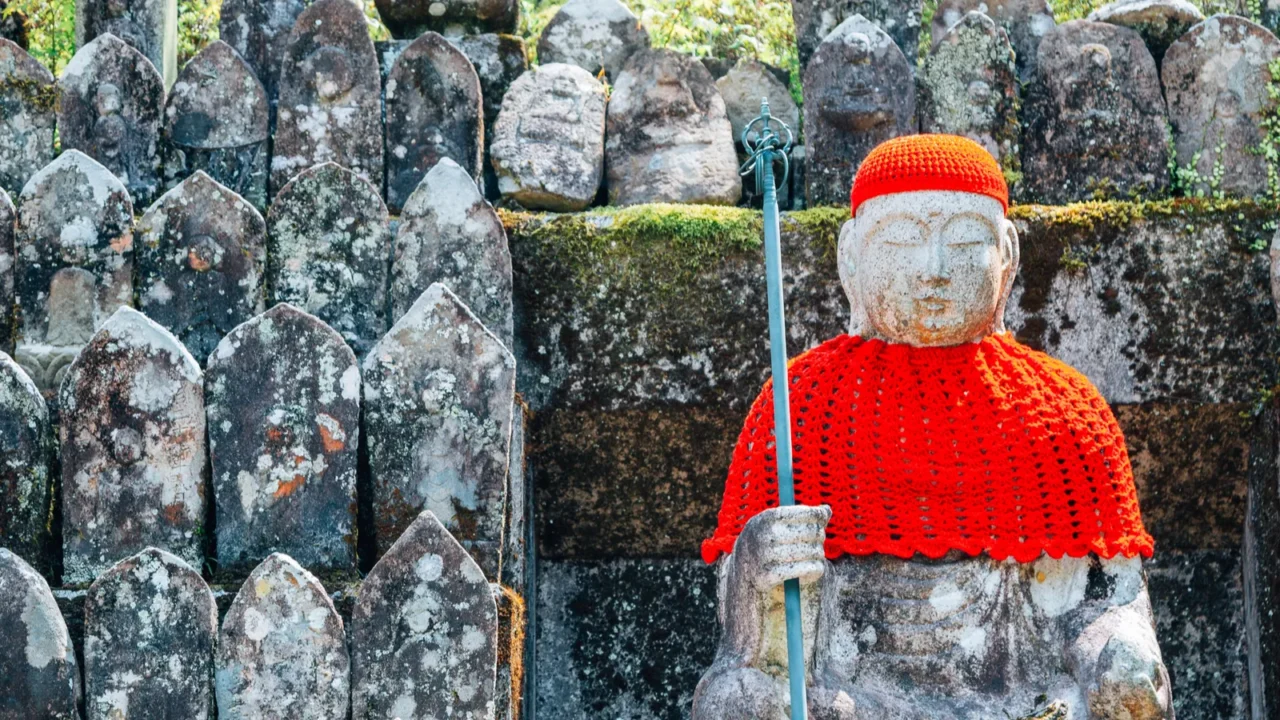
Why shikoku feels different
Part of Shikoku’s charm is its slower pace. It lacks the crowds of Tokyo or Kyoto, letting you connect more deeply with people and places. Locals are known for their warmth.
Here, culture feels less polished and more lived-in. From chatting with a shopkeeper to joining a small festival, experiences feel genuine. It’s Japan with a softer, friendlier touch. To see why Japan captures so many hearts, explore 20 irresistible reasons it tops every traveler’s list.
Which part of Shikoku would you explore first, the temples, the food, or the coast? Share your thoughts in the comments.
Read More From This Brand:
- The U.S. border Canadians say to avoid on trips to see a loved one
- Planning a New England foliage trip? This Vermont town stands out as truly unique
- Add these 10 epic European monuments to your bucket list
Don’t forget to follow us for more exclusive content right here on MSN.
This slideshow was made with AI assistance and human editing.